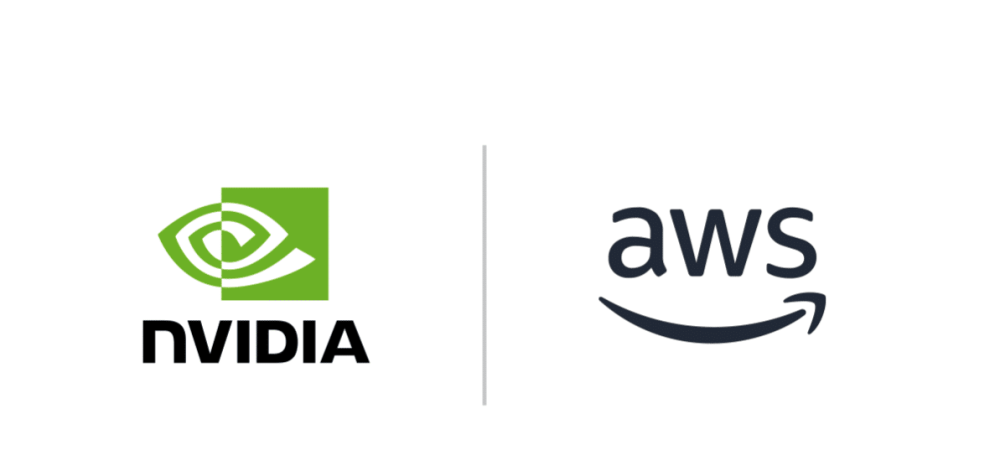Starlink has become nearly synonymous with satellite internet, promising fast connectivity almost anywhere on Earth. But scientists now say its latest generation of satellites, the Starlink V2-mini, is creating a serious and invisible problem: powerful radio interference that threatens radio astronomy worldwide.
Using Europe’s LOFAR radio telescope network, researchers measured unwanted radio signals leaking from 97 Starlink satellites, including in the 150–153 MHz band, a frequency range reserved for radio astronomy. Even more worrying, these signals are up to 32 times stronger than those from earlier Starlink models.
For astronomers, that difference is massive. Radio telescopes are designed to detect extremely faint signals from deep space, things like the first galaxies, star-forming regions, and the afterglow of the Big Bang. Compared to those delicate cosmic whispers, a single satellite’s leakage can be 10 million times brighter. When thousands of satellites are in orbit and more are being launched every week, the noise quickly becomes overwhelming.
Unlike bright streaks left by satellites in normal telescope images, which astronomers can often remove during image processing, radio noise can’t simply be edited out. If a telescope’s receiver is flooded with artificial signals, the data is permanently contaminated.
The problem goes beyond Starlink. Other satellite constellations, such as Amazon’s Kuiper and OneWeb, will add even more transmitters to low Earth orbit. But the new study highlights that Starlink’s V2-mini hardware, in particular, appears to emit significantly more unintended radiation than expected.
A major concern for scientists is that there are currently no strong international rules limiting this kind of electromagnetic leakage from satellites. While some radio frequencies are legally reserved for astronomy, that doesn’t fully protect telescopes if satellites unintentionally spill noise into those bands.
Astronomers are now calling this a turning point. If nothing changes, they warn, humanity could gradually lose access to one of its most powerful tools for understanding the universe. Radio astronomy has been crucial in discovering pulsars, mapping hydrogen in galaxies, studying black holes, and probing the early cosmos. All of that depends on a relatively “quiet” sky.
Researchers say solutions are still possible. Satellite companies could redesign hardware to reduce leakage, cooperate more closely with observatories, and comply with stricter international standards. There are already examples of collaboration in countries like the Netherlands, where scientists, regulators, and industry work together to mitigate interference near key telescope sites.
The core message from the scientific community is not “stop satellite internet,” but “don’t destroy the radio sky in the process.” Space is not just an industrial zone; it’s also a shared scientific environment. Finding a balance between global connectivity and protecting our cosmic view is quickly becoming an urgent task.


